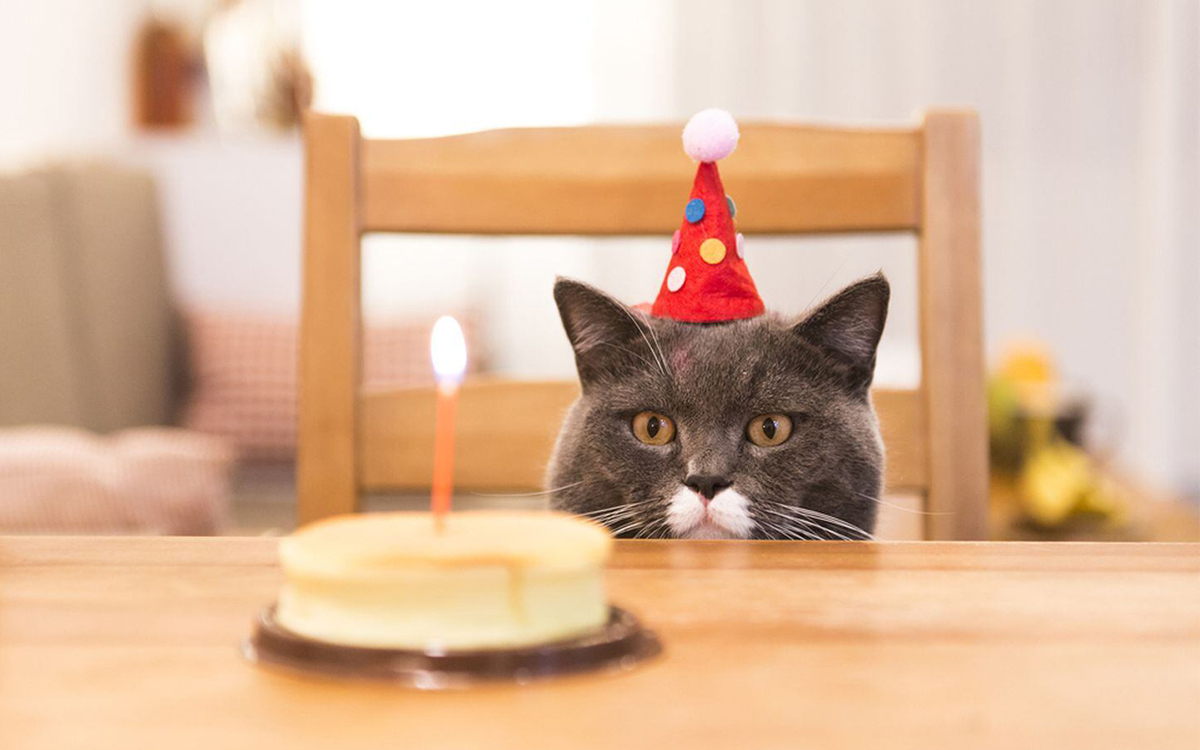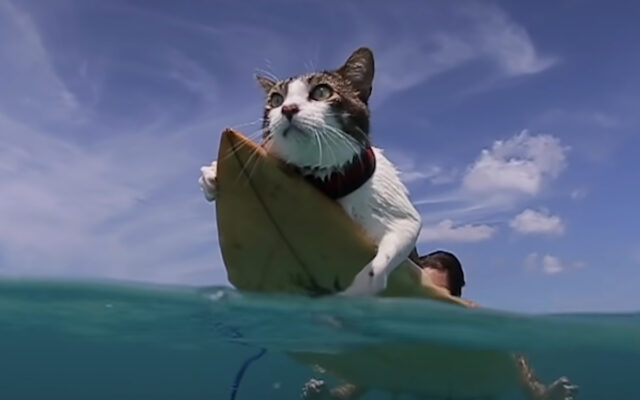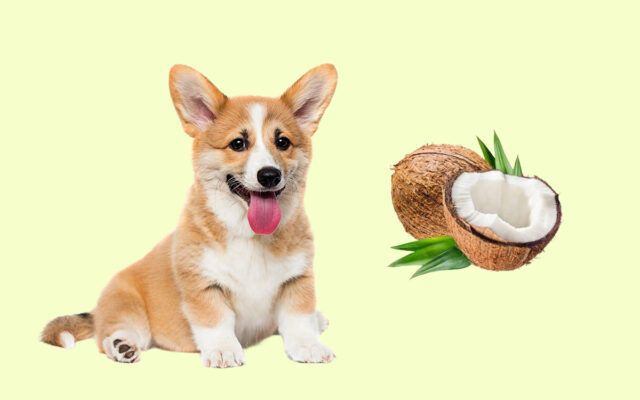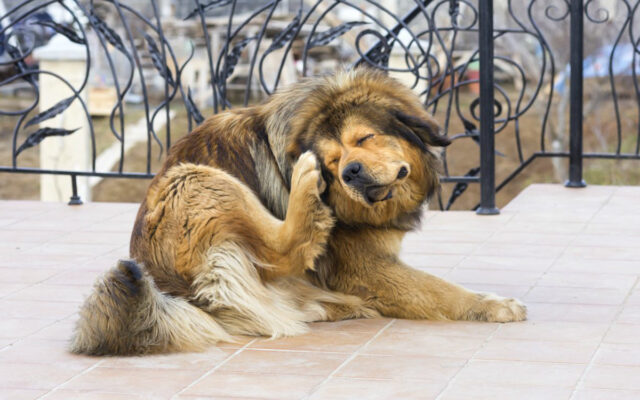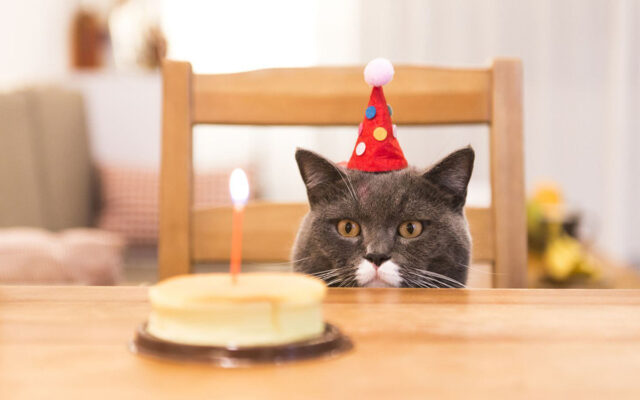Contents
How old is my cat in human years? This is a question many of my clients asked during my apprenticeship at a local pet hospital. So in this post, we’ll show you how to calculate their age, include a handy chart that shows their age in human years , explore their life stages and factors that determine how they age.
Chart of cat years converted to human years
Let’s get right to the answer with an age chart.
| cat years | human years |
|---|---|
| 1 | 15 |
| 2 | 24 |
| 3 | 28 |
| 4 | 32 |
| 5 | 36 |
| 6 | 40 |
| 7 | 44 |
| 8 | 48 |
| 9 | 52 |
| 10 | 56 |
| 11 | 60 |
| 12 | 64 |
| 13 | 68 |
| 14 | 72 |
| 15 | 76 |
| 16 | 80 |
| 17 | 84 |
| 18 | 88 |
| 19 | 92 |
How to calculate their age
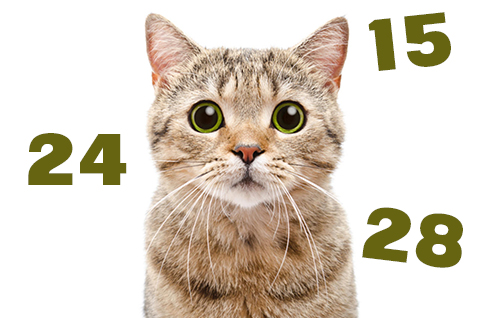
Understanding how cat years work is actually quite simple.
- First cat year = 15 human years
- Second cat year = 24 human years
- Years after = add 4 human years for each year
When a cat is born, they go through a rapid growth phase, similar to human infants. This is why the first 2 years of a cat’s life are calculated differently than the later years.
In the first year of a cat’s life, they undergo significant physical and behavioral changes. By the time they reach their first birthday, they are roughly equivalent to a 15-year-old human in terms of development.
The second year of a cat’s life is also characterized by continued growth and maturation. By the end of their second year, they are approximately equivalent to a 24-year-old human.
After the initial two years, the rate of aging slows down, and each additional cat year is roughly equivalent to 4 human years. This means that a three-year-old cat would be approximately 28 years old in human years, a four-year-old would be around 32 years old and so on.
This is a general guideline but factors like breed, genetics, and overall health influence how a cat ages as we will see later.
Life stages of cats
- Kittenhood (0-6 months): Rapid growth, high energy, and playful behavior characterize this stage.
- Junior (7 months – 2 years): Continued growth, exploration, and sometimes a bit of teenage rebellion!
- Prime (3-6 years): Adult cats are at their physical peak, maintaining a good balance between activity and relaxation.
- Mature (7-10 years): A cat is considered middle-aged at this point, and you might start noticing subtle signs of aging.
- Senior (11-14 years): Cats in their golden years require a bit more attention to health and comfort.
- Geriatric (15+ years): Extra care is needed for cats in their twilight years, including regular vet check-ups and adjustments to their environment.
Factors that affect aging in cats
- Breed: Different cat breeds can have varying lifespans and aging rates. For example, smaller breeds often live longer than larger ones.
- Genetics: Just like in humans, genetics play a significant role in a cat’s aging process.
- Health: A cat’s overall health, including diet, exercise, and preventative care, can greatly influence how they age.
Thank you for reading and see you in our next post!
